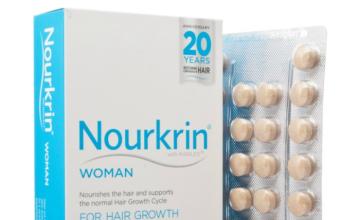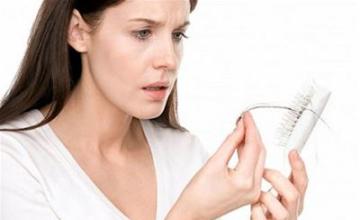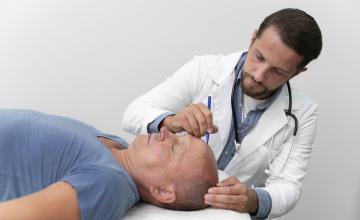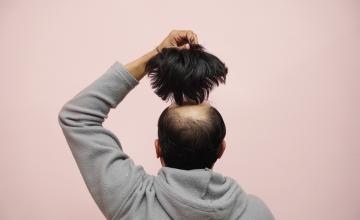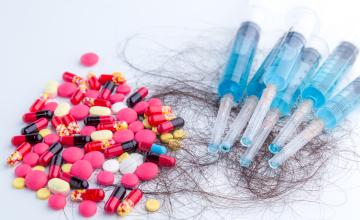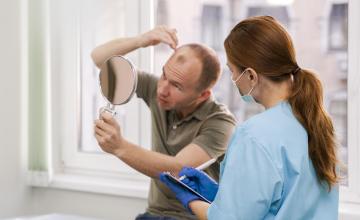Setting the Highest Standards in Hair Restoration
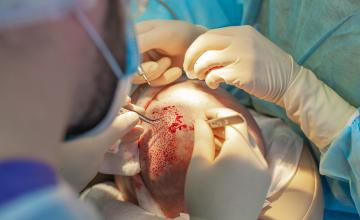
Why the Coalition?
With hair loss treatments often being marketed without regulation or accountability, hair loss sufferers need credible information about legitimate treatments and the ethical physicians who provide them.
The Coalition of Independent Hair Restoration Physicians is a carefully selected group of skilled and ethical physicians who are united in providing patients with outstanding education and results.
Physician Accountability
Membership in the Coalition requires members to maintain a high degree of patient satisfaction. Members care for their patients knowing that their patients are free to post their experiences on the popular Hair Restoration Discussion Forum. On this open forum patients are free to critique physicians and to hold them accountable for their actions. This forum is run and moderated by hair restoration patients.
In such a transparent environment our members are held publicly accountable for their actions and results. Members who fail to meet the high technical and ethical membership standards set by the Coalition are removed from the group.
However, we ask that patients first give their physician the opportunity to satisfy their concerns privately before posting any public criticisms on the discussion forum.
If the issue is not resolved to the patient’s satisfaction they are encouraged to contact the Coalition by email to service at hairtransplantnetwork dot com
Member clinics also agree to open their clinics up to inspection. Many of these inspections have been reported on the Hair Restoration Discussion Forum. View some of these clinic visits.
Membership Standards
The skill, technique and talent of hair restoration physicians vary widely, as do the end results. Only a minority of leading physicians provide truly state of the art hair restoration.
Coalition members are carefully reviewed and granted membership based strictly on their high level of integrity, skill, experience and ability to perform ultra refined follicular unit transplantation.
All Coalition members have made the investment in time and resources to perform a highly refined and difficult to perform state of the art procedure called “Ultra Refined Follicular Unit Hair Transplantation”.
While many surgeons now perform standard follicular unit grafting, only a minority have risen to the challenge of using very tiny incisions and grafts to achieve ultra refined results. This ultra refined procedure, while very demanding on the physician and staff, produces excellent results for the patient with optimal density and rapid healing. It also allows the patient to achieve their goal for fullness and density with a minimal number of surgical sessions.
To learn more about Ultra Refined Follicular Unit Hair Transplantation
Membership Criteria
A physician must meet the following requirements before being granted membership in the Coalition of Independent Hair Restoration Physicians:
- A demonstrated capability to successfully perform large sessions of ultra refined follicular unit grafting using tiny incisions and grafts that are microscopically prepared.
- The ability to dense pack tiny follicular unit grafts in a given area when appropriate.
- Mastery and control of the orientation and direction of the transplanted grafts to achieve a completely natural appearance.
- Dedication to doing state of the art hair restoration exclusively or at least as the main specialty of the clinic.
- Excellent patient results demonstrating a high level of artistry and naturalness throughout, as well as excellent growth rates.
- An excellent reputation of the physician amongst colleagues and former patients.
- Several years experience in performing hair restoration surgery.
- Medical training, depth of background, board certifications, honors, credentials, lectures, and published articles and books.
Note - All members contribute dues to support our joint educational resources and services.
We are open to reviewing experienced surgeons for possible membership. Apply for membership as a physician.
Membership Selection Process
Physicians with a proven track record of providing excellent ultra refined follicular unit hair transplantation and who meet the Coalition’s membership criteria will be considered for membership.
In addition to reviewing the applicant physician’s credentials, technique and results, input from patients and current members of the Coalition will be considered prior to membership being granted.
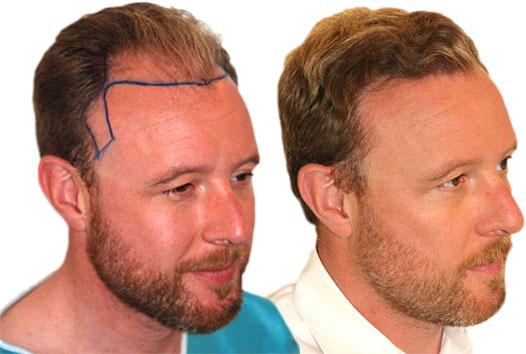



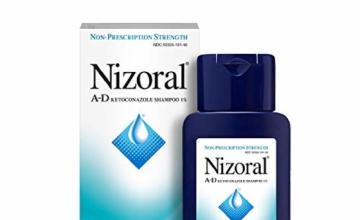
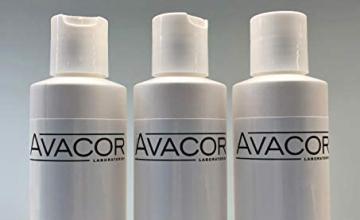
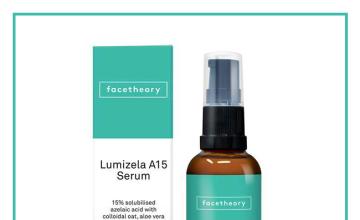
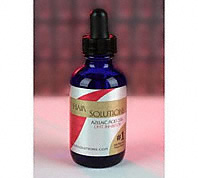 An Active Ingredient in Several Topical Hair Loss Treatments
An Active Ingredient in Several Topical Hair Loss Treatments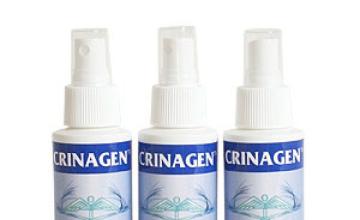
 Crinagen is an all natural alcohol-free topical scalp spray clinically backed to reduce the amount of DHT (dehydrotestosterone) in the scalp. It contains no alcohol, and has displayed no side effects. Crinagen is also equally safe for men and women and is most effective in men and
Crinagen is an all natural alcohol-free topical scalp spray clinically backed to reduce the amount of DHT (dehydrotestosterone) in the scalp. It contains no alcohol, and has displayed no side effects. Crinagen is also equally safe for men and women and is most effective in men and 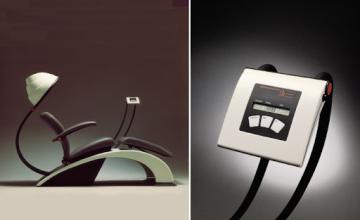


 Is this hair loss treatment effective?
Is this hair loss treatment effective?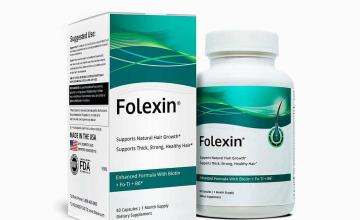
 A Viable Alternative to Propecia in Treating Hair Loss?
A Viable Alternative to Propecia in Treating Hair Loss?



 Is it Effective in Treating Baldness?
Is it Effective in Treating Baldness?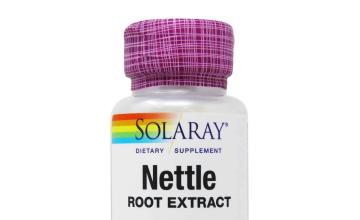

 Nettle Root as a Hair Loss Treatment
Nettle Root as a Hair Loss Treatment